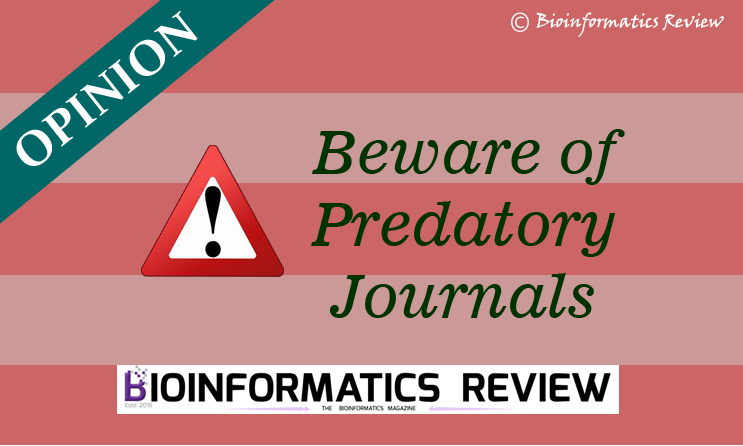The excitement generated by the ‘omics-revolution’ has opened the door for new and innovative research. Whilst bioinformatics is advancing in many fields such as pathology, microbial ecology, agriculture, and medicine, there is room for researchers new to bioinformatics to take some important lessons from a much older field; ecology. For a biologist meeting bioinformatics for the first time, the massive amounts of data (also called ‘Big Data’) that is handled during bioinformatics projects can be overwhelming. For many, finding resources to develop a clear understanding as to the type of Big Data being generated and how it can be analyzed may be difficult and the resources themselves can seem to be impenetrable. Additionally, there is a temptation to forget that it is the robustness of the experimental design and quality of the data interpretation, not the amount of data generated, that will make the best science. Without a developed understanding of how data will be analyzed, it is impossible to generate a robust experimental design.
We have at our fingertips a resource for exploring our world that is incredibly powerful but requires respect and forethought. The continued sharing of new bioinformatics developments, through journals such as Bioinformatics Review (BiR), will be paramount to the advancement of our field. However, for those arriving in bioinformatics, I would urge them to draw on lessons from established fields, such as experimental and fundamental ecology.
As a biological discipline, ecology is one of the few disciplines that has been dealing with Big Data for decades, and many issues that arise in omics-based projects are discussed extensively in ecology literature. Issues such as: the need for robust experimental design and replication to discern patterns amongst large environmental heterogeneity; how to deal with uneven sampling depth; strategies for determining which species in a multivariate dataset respond to experimental treatments; the line between subsampling and true replication and; sample sizes that are too small for adequate power in tests of significance. As such, experimental ecology presents a relatively untapped resource for a) discussions around considerations for designing experiments that will yield Big Data, b) strategies for analyzing Big Data and c) theories that can enrich the interpretation of Big Data. Ecological theories such as Grimes CSR theory on plant strategies have recently been reinterpreted for microbial ecology. Furthermore, ecological discussions of Big Data are often presented in a manner more familiar to those with biological backgrounds and thus, can provide an understandable introduction to the basic concepts and challenges surrounding the use of Big Data.
It is clear that the generation and treatment of Big Data are important elements to bioinformatics-based research that need to be fully considered before an experiment commences in order to adequately answer meaningful scientific questions. The role of journals like Bioinformatics Review (BiR) in demystifying available technologies and analysis techniques, but also fields such as ecology which has worked through issues that are paralleled in bioinformatics, will be paramount in equipping researchers with the best information to design robust experiments.
Please do share your comments, feedback, and suggestions at info@bioinformaticsreview.com or write to the editor at info@bioinformaticsreview.com
With Best Wishes
Jennifer Wood
Department of Physiology, Anatomy and Microbiology
La Trobe University, Australia





